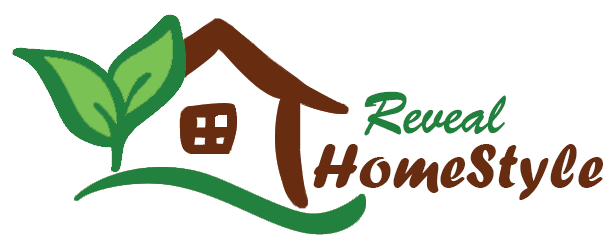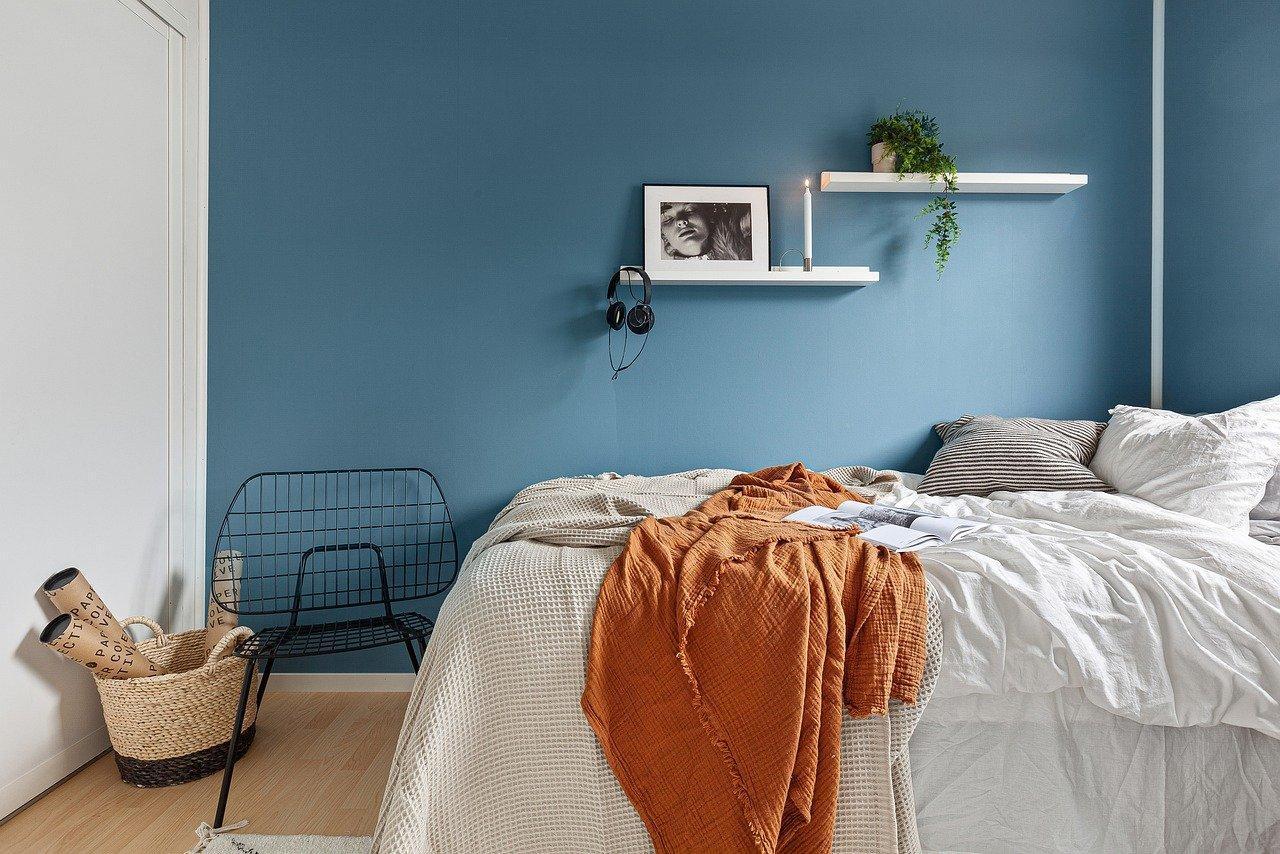If you are new to the home staging industry, you may be wondering how it differs from interior design. While there are some similarities, such as both involving redesigning a home to give it a more polished appearance, there are more differences than similarities, and understanding the distinctions will help you if you’re selling a home in your area and get your career off to a good start.
updating the interior design and home staging have different goals
To properly stage a home, you must first understand why it needs to be staged. Staging occurs during the home selling process to give the home a clean appearance that will appeal to a wide range of buyers. This means that any personalization that occurs during the interior design process is largely irrelevant during the staging process.
Interior design is frequently about a homeowner expressing their preferences in a home that they want to live in. Meanwhile, during staging, personal family photos and more unique objects will be replaced with tasteful decorative items.
Color, materials, and finish matter — in different ways
Colors, materials, and finishes in interior design are both personal and functional. If a homeowner wants to decorate their bathroom in their favorite pink color, that’s fine; however, if they require extra durability in the kitchen due to children or pets, then floors and furnishings should be chosen to withstand day-to-day wear and tear.
Interior design can also be used to highlight a homeowner’s art collection or their favorite furniture designer. Home staging, on the other hand, is about creating what is known as stylized vignettes, or groups of eye-catching objects in each room. The pink bathroom will need to be repainted white or another neutral color, the floors will need to be polished, and the kitchens will be given a more elegant appearance.
Budgets for staging and interior design differ
Because interior design is more likely to be viewed as a long-term investment by homeowners (one that they may not change for a few years), the budget for it is higher than for staging. The cost of interior design varies according to individual budgets, and for some lower-budget clients, the difference may not be significant.
Staging is a temporary design presentation for a home that will most likely incorporate existing furniture (especially if the seller is still living in the home while showing it) while removing some and adding others. This also reduces the cost because staging is a faster process than completely redesigning a home. Home stagers also collaborate closely with real estate agents to understand what buyers want.
Many home stagers are also interior designers, and having a mix of both types of clients can help you diversify your income streams. It’s possible that a home staging client will become an interior design client for their new home, so maintaining those connections is important no matter where you see your business going.




